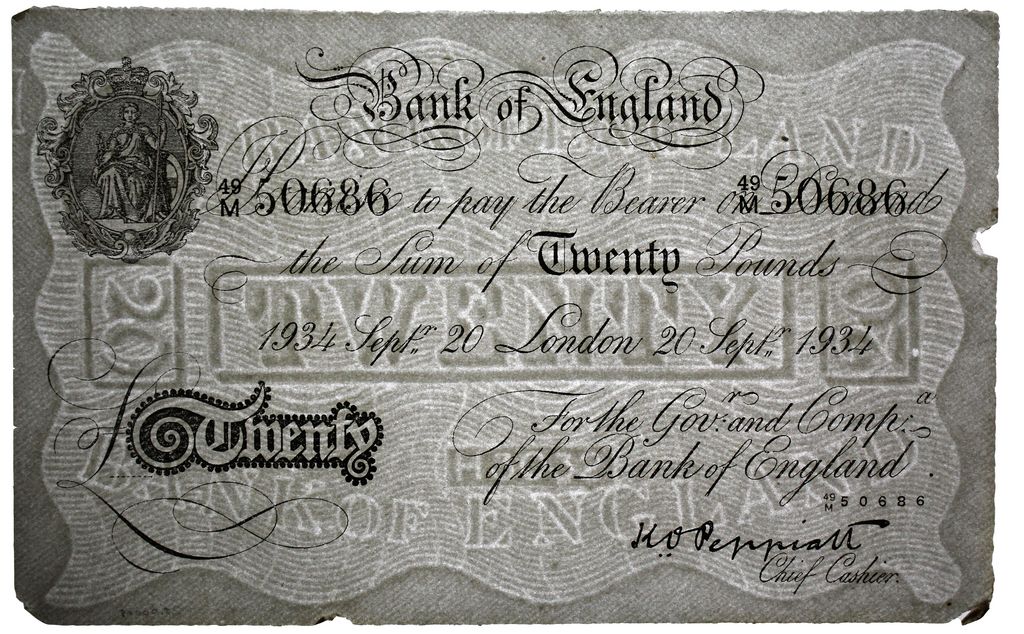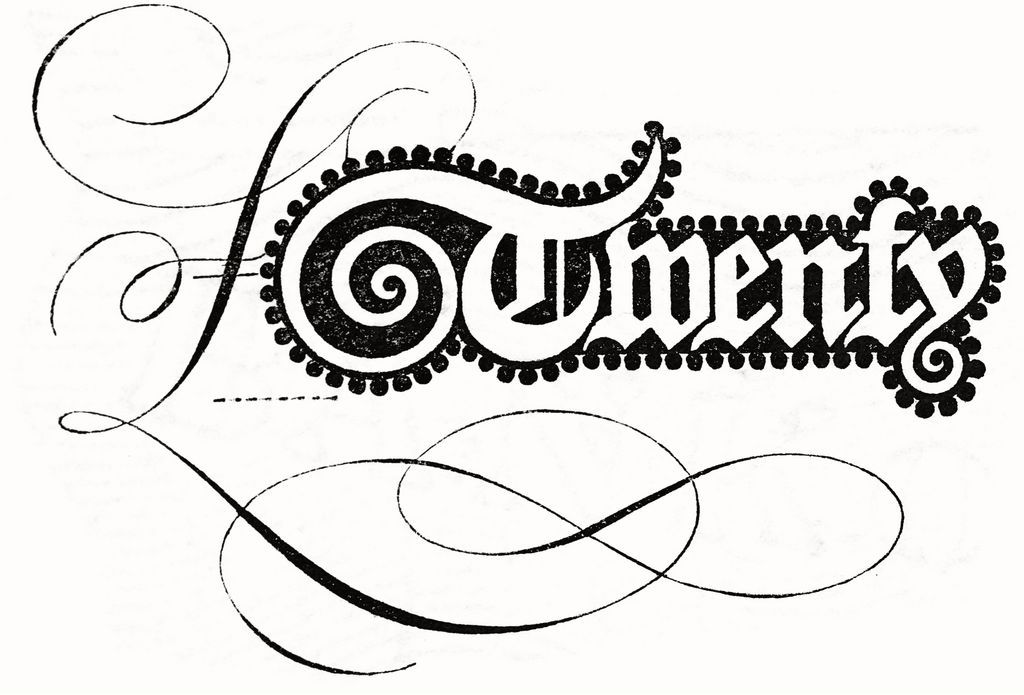A Genuine Forgery
This bill is not real. Or rather, not a genuine pound note. This banknote is a near-perfect counterfeit, created in a specially equipped printing plant behind the walls of Sachsenhausen concentration camp.
The planning of one of the largest counterfeiting operations began as early as 1939 under the code name “Operation Andreas”. The initial aim of the enterprise was to produce counterfeit pound notes in order to destabilize the British currency. On behalf of the Reichssicherheitshauptamt (RSHA), paper experts, printers and mathematicians had to analyze the exact composition of the paper, decipher the security features of the genuine banknotes and the system of serial numbers, and produce detailed printing plates. In order to check the quality of the counterfeits, an agent of the RSHA was sent to Switzerland, carrying in his luggage some printed counterfeit notes. After the Bank of England matched the serial numbers, the bills were found to be genuine.
In order to start mass production, the SS installed a printing press in one of the prisoners’ barracks in Sachsenhausen concentration camp. SS-Sturmbannführer Bernhard Krüger of Amt VI (Security Service) of RSHA, the head of the operation now called “Operation Bernhard”, had several concentration camps searched exclusively for Jewish prisoners “from the graphics trade, paper specialists or other skilled manual workers”.
The total of 142 Jewish prisoners assigned to the forgery squad were strictly isolated from the rest of the camp for reasons of secrecy. Although the prisoners lived in somewhat better conditions – they had single beds and were allowed to wear civilian clothes and grow their hair – they also lived with the knowledge that illness, failure or termination of the operation would mean their death. By the end of 1944, the prisoners had to print counterfeit money in a two-shift system. According to secretly kept statistics, a total of over 135 million pounds worth of banknotes were created.
The SS ultimately used the counterfeit money, among other things, to procure goods essential to the war effort and to pay foreign spies. In February 1945, the counterfeiting unit was transferred first to Mauthausen and then to the Redl-Zipf subcamp. Production was not resumed. SS guards transferred the prisoners to the nearby Ebensee concentration camp, where they were finally liberated by American troops in early May 1945.
The Sachsenhausen Memorial preserves some of the fake pound notes presumably produced in Sachsenhausen concentration camp. The one shown here was donated to the memorial by a collector in 2001.
Sachsenhausen Memorial Collection, inventory no. 21.00002




